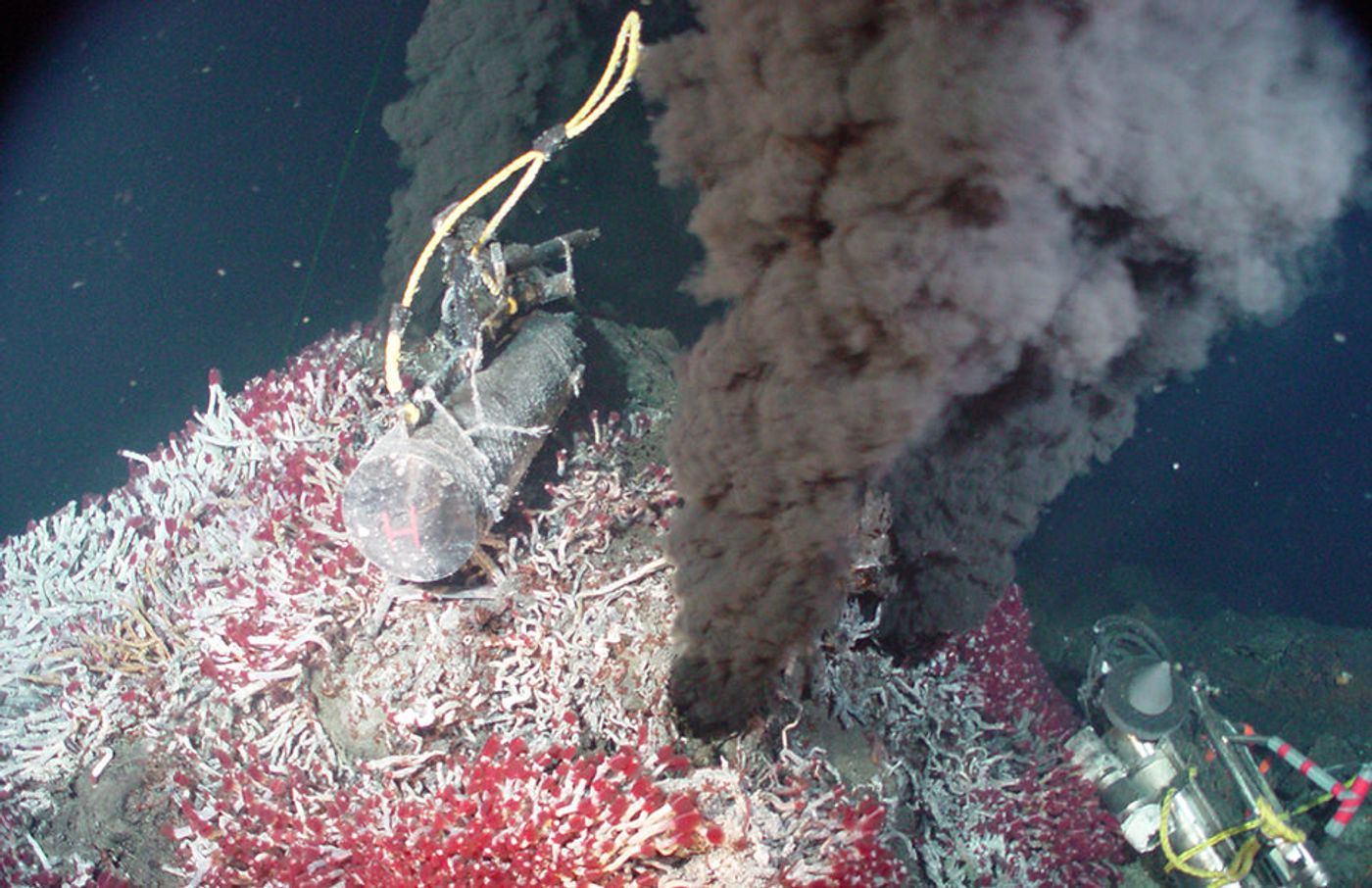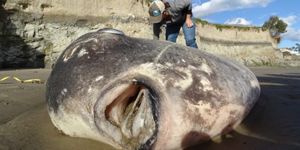Life's Building Blocks Synthesized in a Simulated Primordial Ocean Hot Spring
In volcanically active regions, there are hot springs on the ocean floor. They are small tears in the crust, also known as the hydrothermal vents, where geothermal energy escapes and a rich variety of minerals is released constantly.
In a recent publication, astrobiologists at NASA's Jet Propulsion Laboratory (JPL) described a study in which amino acids--the building blocks of proteins-- were formed spontaneously in a simulated environment that resembles a hydrothermal vent.
Abiogenesis is the hypothetical process which scientists proposed to explain how inorganic compound underwent drastic transformation to give birth to first organic lives, presumably ancient microorganisms according to fossil record found at the bottom of oceans.
The famous Miller–Urey experiment was the first attempt to recreate abiogenesis in the controlled laboratory environment. Conducted by chemist Stanley Miller and his then student Harold Urey, their experiment turned water, methane, ammonia, and hydrogen, all of which existed in abundance in the primitive Earth, into over 20 different amino acids through continuous evaporation and mild electrification.
Given its mineral-enriched environment and the endless supply of thermal energy, biologists have long proposed that the earliest life forms come into existence near hydrothermal vents under the ancient oceans. Previous research looked into and confirmed the presence for life's basic chemical ingredients in the vicinity of ocean hot springs, but no one had done anything to chemically verify the possibility of life-associated organic molecules, such as amino acids the basic unit of proteins, can be generated there.
In their hydrothermal vent simulation, JPL scientists replicated the primordial sea environment near the hot springs: they dissolved pyruvate and ammonia, both simple molecules that can be synthesized inorganically, in mineral-enriched, warm solution at 158ºF (70ºC). The oxygen content in the mixture was significantly reduced to match the then atmospheric property. On the other hand, ferrous oxide, a water-insoluble oxidizer prevalent at the time was added to the reaction environment.
Two amino acids were found produced in this simulated environment-- alanine and lactate an alpha-hydroxy acid. Alpha-hydroxy acids are considered one of the prebiotic molecules because they can form long chain polymers without catalysts and polymerization is the foundation of complex organic molecules.
Admittedly, the synthesis of two amino acids are nowhere close to providing final proof for the inorganic origin of complex life forms, but the finding represents an important validation for abiogenetic hypotheses, providing a plausible explanation for how complex organic molecules could have occurred.
The significance of this study reaches beyond the origin of lives on Earth. As humankind sets their eyes on other parts of the solar system in search of extraterrestrial lives, scientists believe that the hydrothermal vent-like environment could be common, especially on the icy moons of the gas giants like those of Jupiter and Saturn. The experiment described in this study could provide crucial clues when future missions set out to look for the molecular signatures of lives.
Black smoker at the Mata Ua undersea volcano on Earth (MARUM/Univ. of Bremen/NOAA-PMEL)
Source: ZME Science/phys.org









